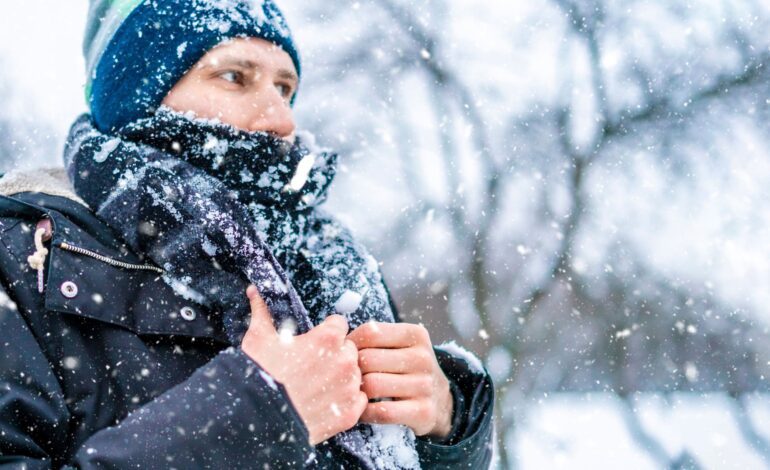With a major winter storming targeting the Midwest this week with heavy snow, frigid temperatures and freezing rain, the U.S. Department of Labor’s Occupational Safety and Health Administration (OSHA) is calling on area employers to protect workers – especially those working outdoors – from the dangers of cold stress.
Cold temperatures and increased wind speed (wind chill) cause heat to leave the body more quickly, putting workers at risk of cold stress. Anyone working in the cold may be at risk, e.g., workers in freezers, outdoor agriculture and construction.
The common types of cold stress are:
- Hypothermia
- Normal body temperature (98.6°F) drops to 95°F or less.
- Mild symptoms: alert but shivering.
- Moderate to severe symptoms: shivering stops; confusion; slurred speech; heart rate/breathing slow; loss of consciousness; death.
- Frostbite
- Body tissues freeze, e.g., hands and feet. Can occur at temperatures above freezing, due to wind chill. May result in amputation.
- Symptoms: numbness, reddened skin develops gray/white patches, feels firm/hard and may blister.
- Trench Foot (also known as Immersion Foot)
- Non-freezing injury to the foot, caused by lengthy exposure to wet and cold environment. Can occur at air temperature as high as 60°F, if feet are constantly wet.
- Symptoms: redness, swelling, numbness and blisters.






Leave a Reply